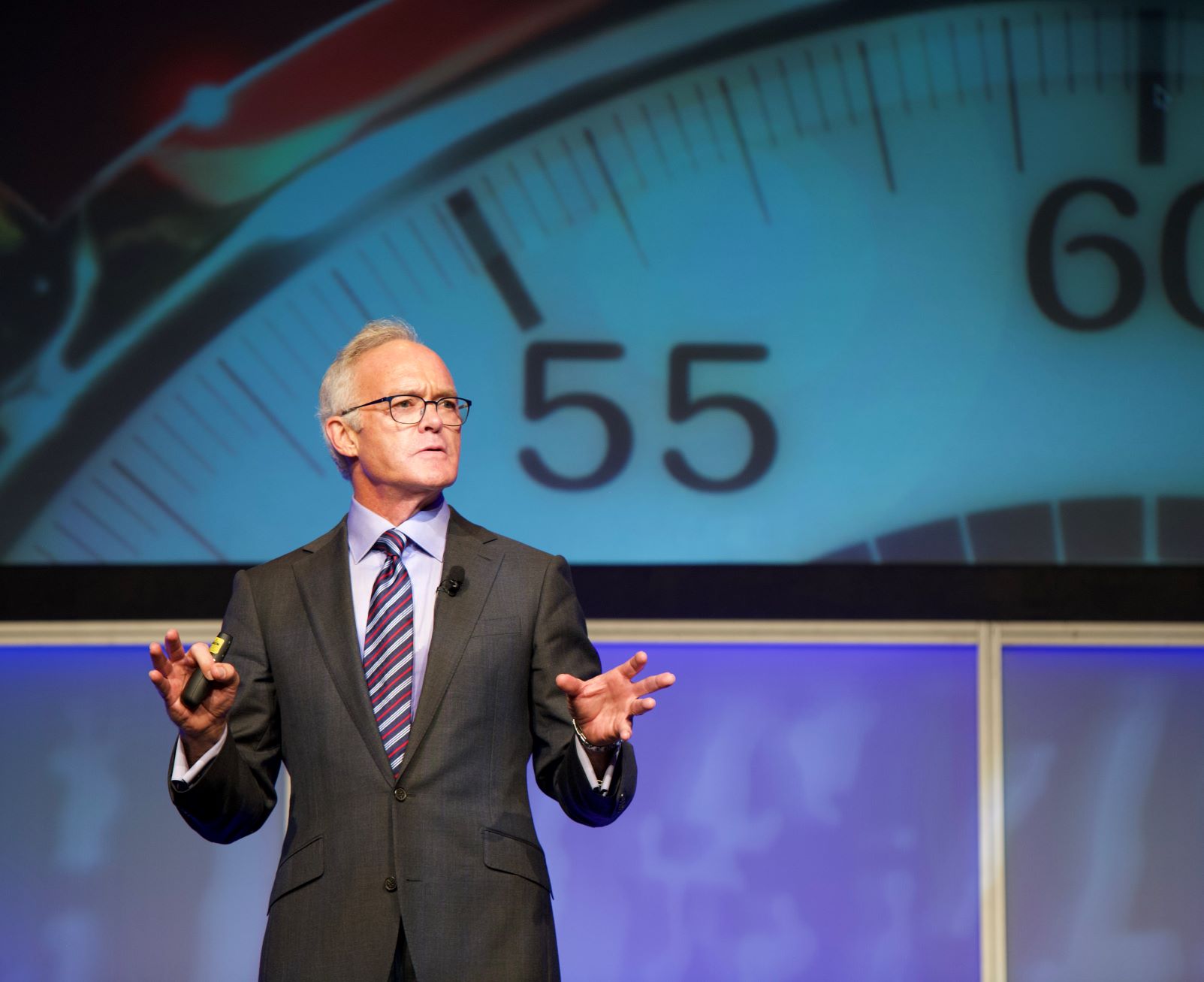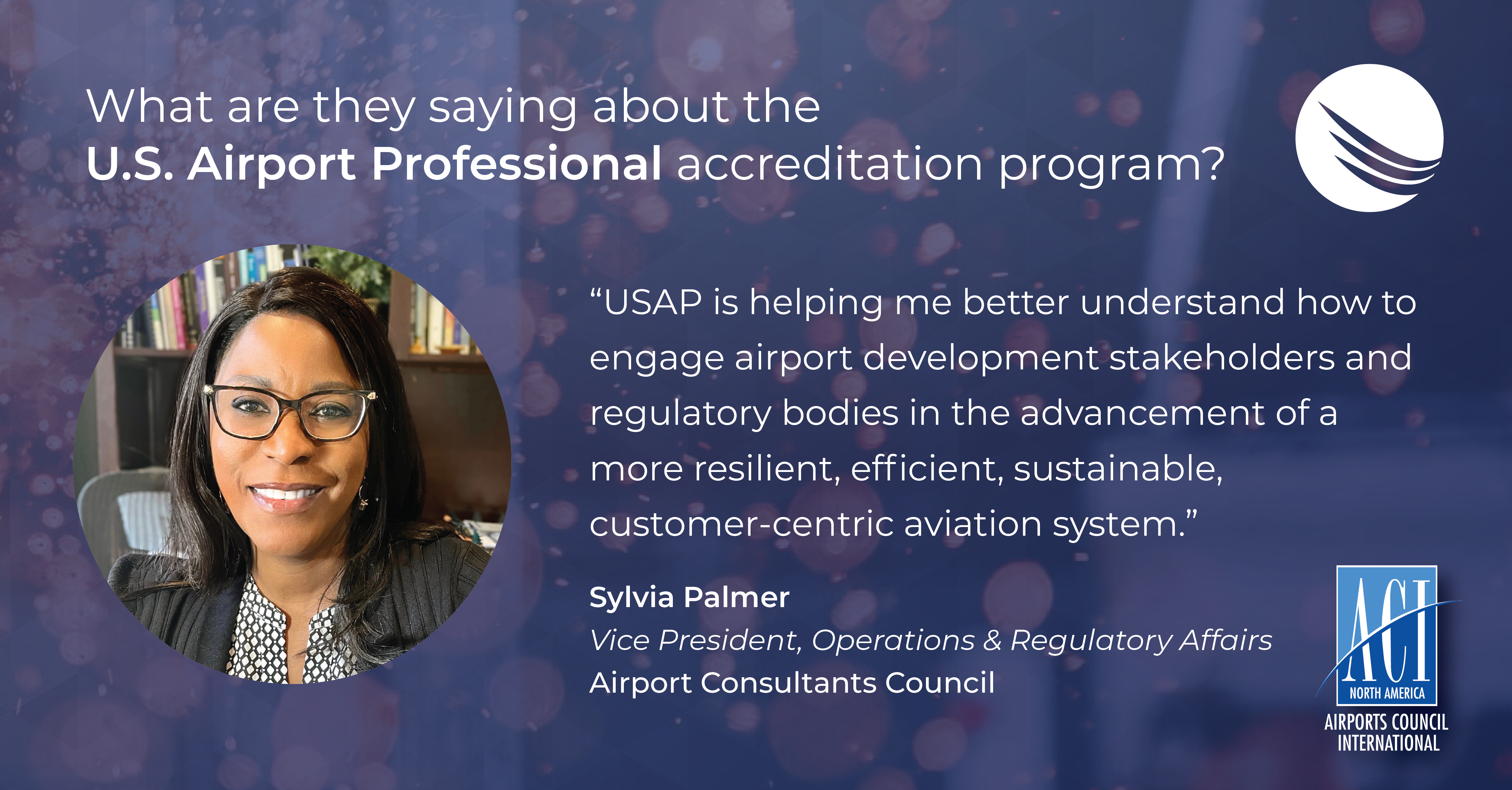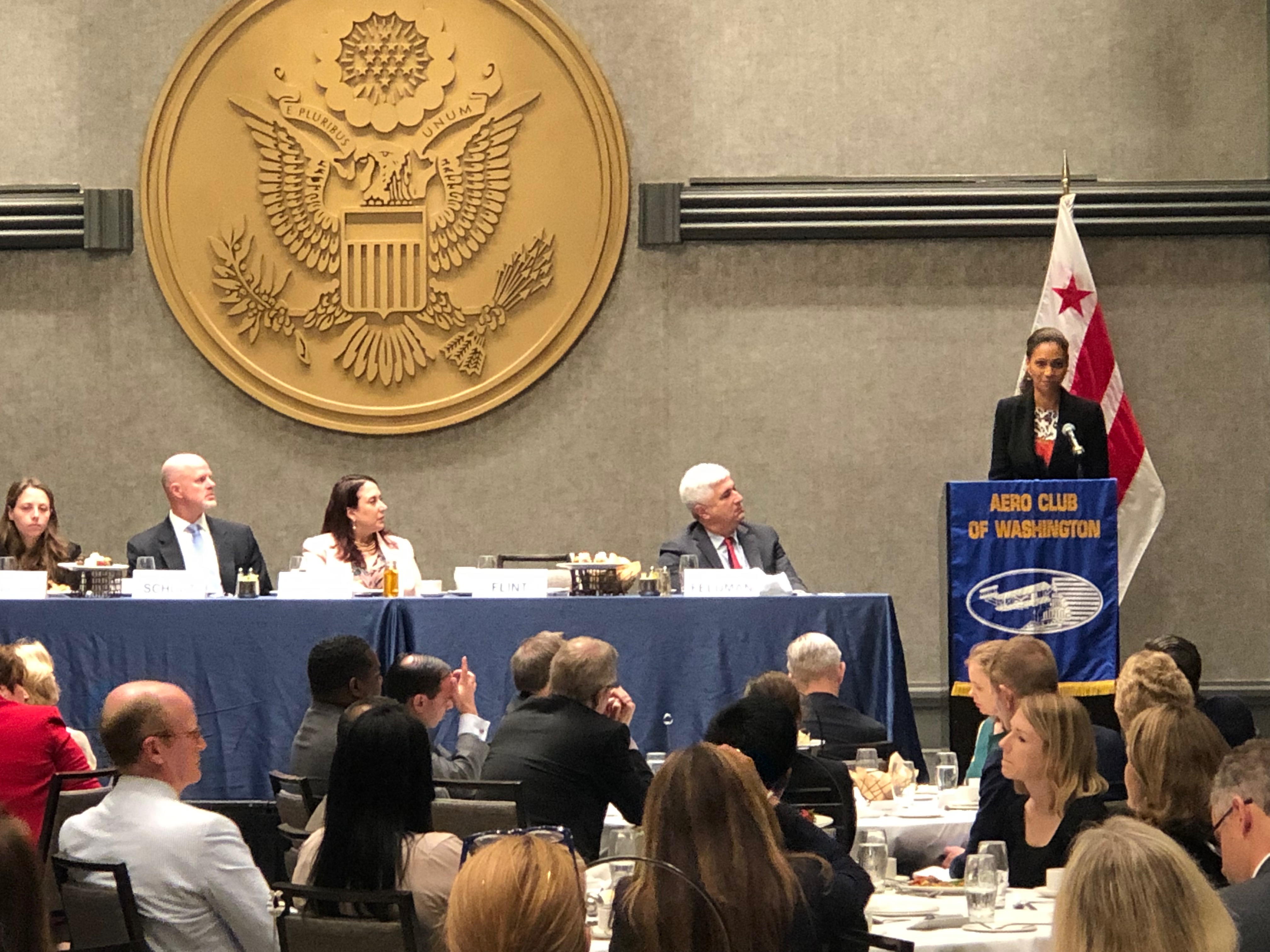During the 2022 ACI-NA Annual Conference in Minneapolis, Alessio Olivetti caught up with Scott Pelley, the 60 Minutes correspondent and 2022 annual conference keynote, who shared his experience as tireless traveler and long-time journalist.
AO: You travel all around the world. It’s safe to say you’re a frequent traveler. What’s the most memorable airport experience have you ever had?
SP: My most memorable experience would have been at the very beginning of COVID, when thousands of people in the United States were dying every day.
I was covering COVID, and I was flying through Houston’s George Bush Intercontinental Airport. I got off the plane and I was the only person in the terminal. Everything was closed. There were Texas State troopers clearing every plane and taking down the contact information for every passenger who came off.
I could hear the soles of my shoes clacketing on the floor. I was literally by myself walking through Houston Intercontinental, which I came through many times surrounded by tens of thousands of people in the terminal.
It was just such a shocking, remarkable experience to understand better in an airport than anywhere else the effects the COVID was having and would continue to have on the national economy. If Houston Intercontinental is empty of people, the economy has stopped, you can tell.
AO: You wanted to become an astronaut when you were a child. The U.S. has been the cradle of the aerospace industry for a century. Why are people fascinated in stories about aviation and lately about space tourism?
SP: People are still fascinated about the courage required to leave the Earth and fly beyond the atmosphere. Even though we have been watching that happen in the United States since 1957, the year I was born by the way, people are still fascinated about the images coming back from space, our astronauts on the International Space Station for example. And now in this all-new world of private companies launching people in space we are beginning to imagine, ‘Hey, it could be me, I could go too!’
In terms of aviation, there is just something about flying. I should be the most jaded airline passenger at all times. I’m a multi-million miler on many different airlines, but I’m still thrilled when I get on a plane and it leaves the ground. It never gets old.
I was on the A380 the other day, which is the size of an apartment building. The engineering involved in building something like an A380 or a 747-8 is a miracle, getting that thing off the ground almost effortlessly. Engineering is far beyond me, but I have so much respect for it.
There is another thing about aviation. People complain insensitively about their flight being delayed, canceled, or their luggage being lost. I get all of that, it’s very frustrating.
But I would argue that aviation today is a miracle. You can literally be anywhere on this Earth in 24 hours. Imagine such a thing.
I’m amazed at the way the airline industry runs all around the world with thousands of operations every day, and virtually accident-free. It’s one of the greatest achievements of man.
AO: What’s your favorite interview if you have one?
SP: Now I have a new favorite interview and that’s the one I did in April with Volodymyr Zelenskyy.
I’ve never met a leader of a country who has impressed me more. The courage that he took to stay in Kyiv when the Russians were coming at him in three different directions. And when he walked outside into the courtyard and filmed a video message on his phone.
That moment galvanized the country to resist. It was on the knife’s edge of collapsing until he walked out and said, ‘We’re not going anywhere, we’re all staying here.’
Just an incredibly courageous and impressive man who forced the Russians to retreat from Kyiv and from Ukraine’s second largest city, Kharkiv. He has punched way above his weight leading his people so courageously.
At the end of the interview, I said ‘Mr. President, we wish you all the luck in the world.’ He broke into English saying, ‘Half of it, I think we need half of it.’
A man with 44 million people on his shoulders and he is still having a sense of humor.











 Last week, Los Angeles World Airports Chief Executive Officer Deborah Flint addressed the Washington Aero Club at a lunch event in Washington, D.C. In her speech, Flint described Los Angeles International Airport’s (LAX) current $14 billion investment project and how it will help to relieve congestion and improve the LAX travel experience for passengers.
Last week, Los Angeles World Airports Chief Executive Officer Deborah Flint addressed the Washington Aero Club at a lunch event in Washington, D.C. In her speech, Flint described Los Angeles International Airport’s (LAX) current $14 billion investment project and how it will help to relieve congestion and improve the LAX travel experience for passengers.
